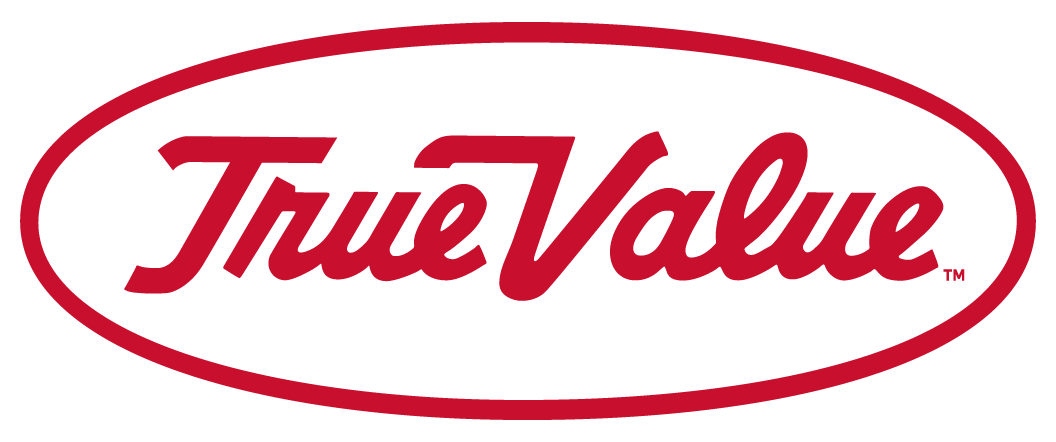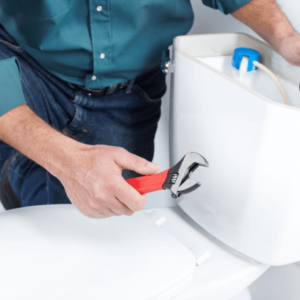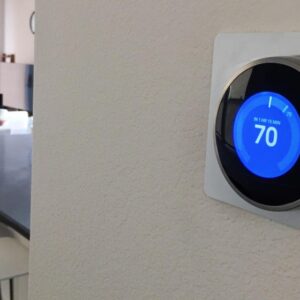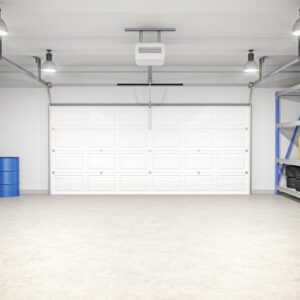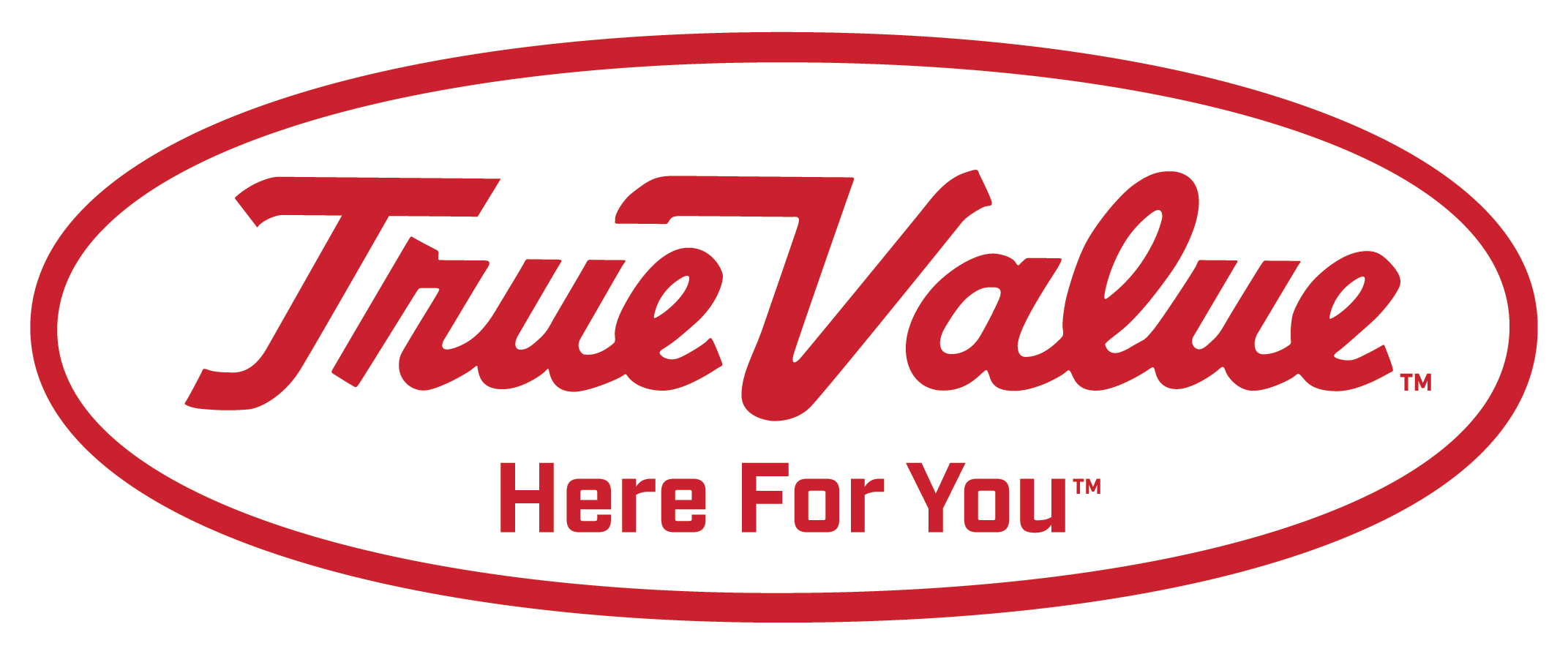From time to time, brick surfaces, whether they are outside or in, need to be refreshed. You shouldn’t be afraid to use paint on brick. It can be used to complement interior and exterior color schemes, or to hide old, weathered and beaten bricks. You just need the tools and know-how to get the job done. Keep reading to find out how to use this DIY painting guide.
Step 1: Prep the Brick for Painting
Both interior and exterior brick should be prepped before painting. If you’re painting your brick fireplace, for example, remove all items from around the work area, such as fireplace screens and fireplace tools, and mask any area that you don’t want paint on using painter’s tape. Place drop cloths on the floor and secure them in place using painter’s tape. Clean interior brick with water, mild detergent and a scrub brush. Let the wall dry completely before painting.

Outside, remove all window screens, light fixtures, plumbing outlets, electrical covers, shutters and address numbers/placards or cover them with painter’s tape before you begin. Use drop cloths to cover cars, patio furniture, shrubs and anything else you don’t want to splatter with paint. It’s a good idea to cover the ground so you don’t get paint on walkways and on the grass. Also, be considerate of your neighbors’ properties while painting.
Safety Alert!
When using a ladder to reach high areas, invest in an adjustable ladder stabilizer that attaches to the ladder and braces against the roof.
Remove dirt, debris and mildew with water from a garden hose or by pressure washing with water and a mild detergent. Using a pressure washer is the most effective method of cleaning because of its ability to blow dirt and debris out of the tiny crevices and pores in brick. Note: Use a low setting when pressure washing so as not to etch or otherwise damage the brick.
For stubborn mildew, use a bleach-and-water solution when washing the wall. Let everything dry completely before moving on.
Look for any substantial cracks in the surface. Small, hairline cracks can be painted over, but anything larger needs to be repaired before painting. Use a paintable acrylic latex caulk rated for outdoor use to fill cracks. Let the caulk set and dry before painting.
Use muriatic acid to get rid of efflorescence — salt deposits that can form on brick surfaces. Follow the manufacturer’s instructions on how to prepare the acid and water solution. Wet the wall with water from a garden hose before applying the muriatic acid to the wall and scrubbing with a stiff brush. Allow the acid to work into the brick for approximately 10 to 15 minutes and then rinse the surface with water.
Safety Alert!
Muriatic acid is highly corrosive and can be harmful to your skin. Wear protective clothing, safety goggles and protective gloves when working with muriatic acid.
Step 2: Choose the Right Paint
For interior brick, first prime the surface with True Value EasyCare Ultra Premium Interior Primer/Sealer. When dry, apply a coat of latex interior paint. Or, skip priming and paint with True Value EasyCare Ultra Premium Interior Paint.
When painting exterior surfaces, it is recommended that you use latex paints, which have higher durability on exterior surfaces than oil-based paints. Latex paint provides better fade resistance, flexibility, chalk resistance and adhesion. When you’re painting brick, first prime the surface with True Value EasyCare Ultra Premium Exterior Primer/Sealer, and then paint with True Value EasyCare Ultra Premium Exterior Masonry/Stucco Paint.
Once you’ve selected your paint colors, you’ll need to know how much paint to buy. When estimating, a good rule of thumb is to multiply the length of each surface by its height and add another 30 percent for good measure. Typically, one gallon of paint will cover 400 square feet. Buy more than you think you need; you can always use the extra for touch-ups.
Step 3: Prime and Paint
Paint rollers make excellent interior and exterior priming and painting tools, especially when working on brick walls or fireplaces, which can be difficult to cover completely. While on smooth walls almost any roller cover will do, a textured surface like brick calls for a roller cover with a nap that’s at least 1”. Buy heavy-duty, 5-wire roller frames and extension poles made of metal, for maximum strength. Plastic frames and poles can bend or break from the extra force you will apply to get paint into all crevices and pores.
For brushwork, use professional-grade paintbrushes with wood handles and synthetic bristles. These provide the best results when using latex paint. Purchase different sizes of brushes for the job. Choose a small (1″) angled brush for small, tight crevices; a medium-size, angled brush (2″) for cutting in; and a large-size brush (3″+) for general painting.
Helpful Tip
When using a paintbrush, don’t use excess paint to get into pores and crevices. Wiggle the brush up and down and back and forth to push the paint in.
Pour primer into a paint tray and coat your roller. Follow the top-down rule — work from the top to the bottom to get the most even coverage. Use brushes for cutting in and getting into areas that are hard to reach with a roller. Let the primer dry completely before starting to paint.
When it’s time to paint, pour paint into a paint tray and coat your roller. Again, follow the top-down rule. Use brushes where you can’t use a roller. When you’re done, go over the paint surface with a roller to balance coverage. Use two coats for optimal results.
Step 4: Clean Up
Thoroughly rinse your roller covers and brushes in water until it runs clear. Squeeze them out to remove excess moisture and store them in plastic bags. Pick up drop cloths and pull off any painter’s tape at a 45-degree angle, to avoid removing any paint.
Congratulations! Now you’re got refreshed and revitalized brick surfaces.
Project Shopping List
Here’s what you’ll need to complete this project successfully.
- Drop cloths
- Painter’s tape
- Mild detergent
- Large scrub brush
- Ladder (if needed)
- Garden hoses
- Pressure washer (optional)
- Bleach (optional)
- Acrylic latex caulk
- Muriatic acid
- Stiff brush
- Protective clothing
- Safety goggles
- Gloves
- EasyCare Ultra Premium Exterior Paint
- EasyCare Ultra Premium Exterior Primer/Sealer
- EasyCare Ultra Premium Exterior Masonry/Stucco Paint
- EasyCare Ultra Premium Interior Primer/Sealer
- 5-wire roller applicator frame
- Roller covers with 1″ nap
- Small, angled paintbrush
- Medium paintbrush
- Large paintbrush
- Paint tray
